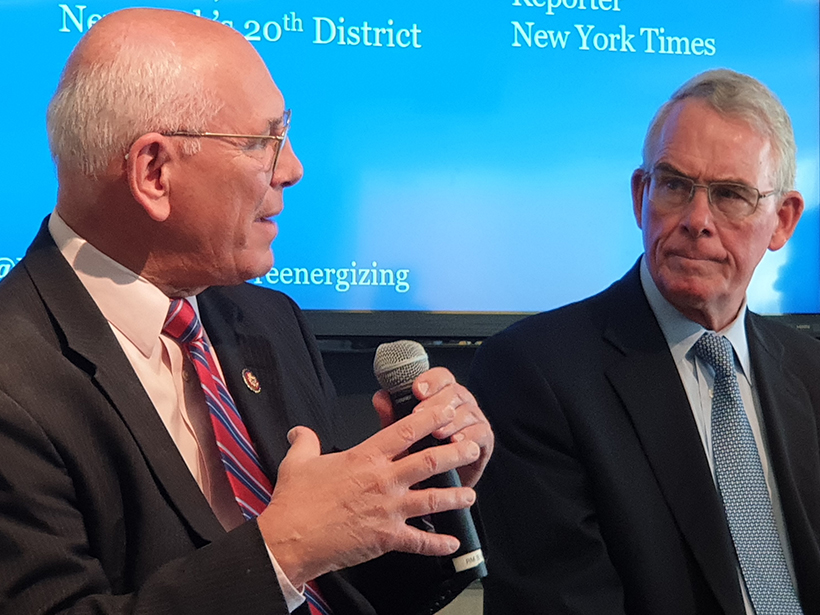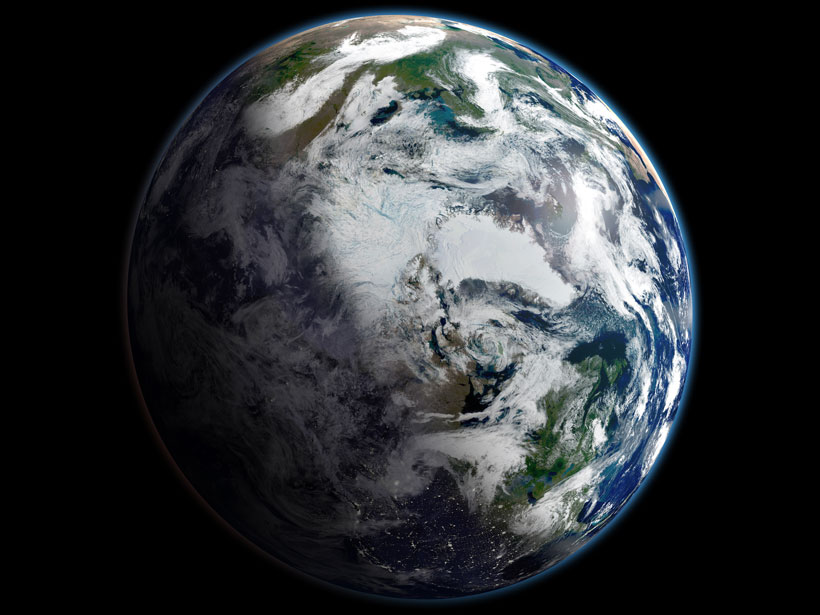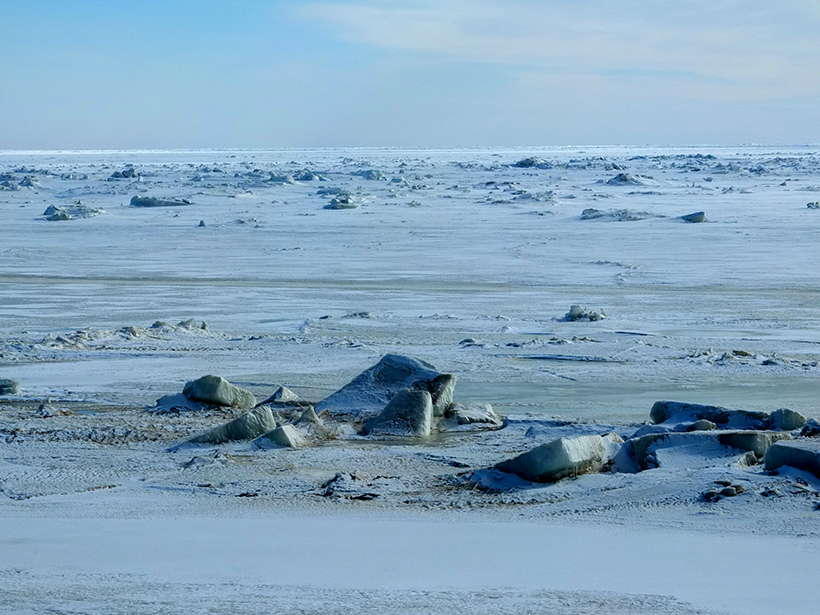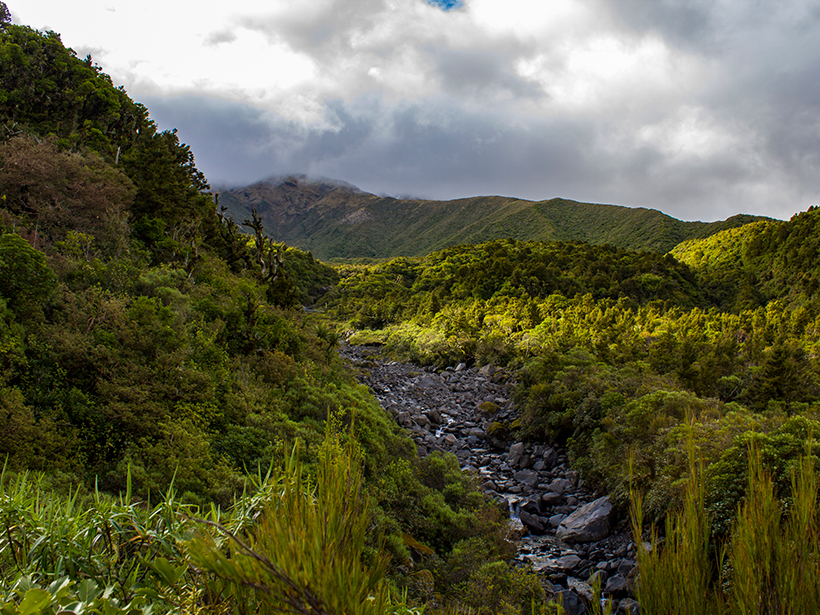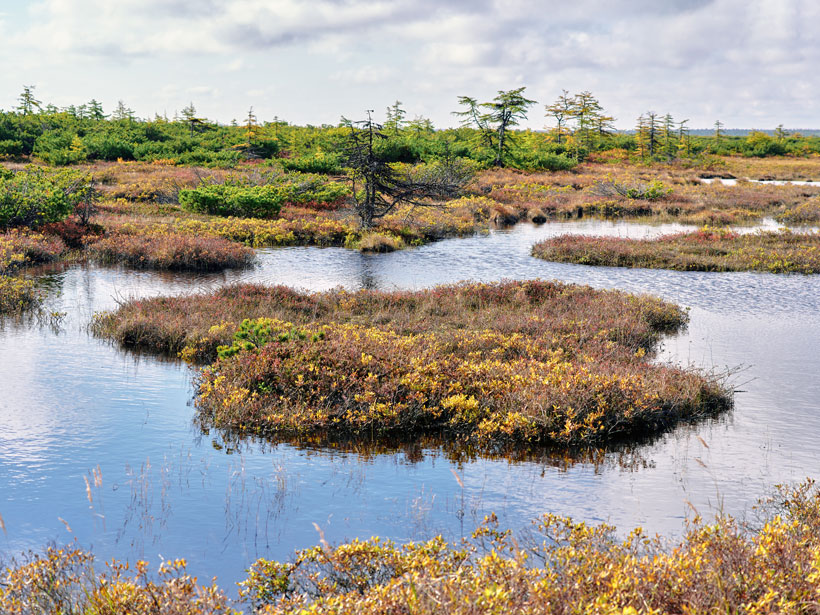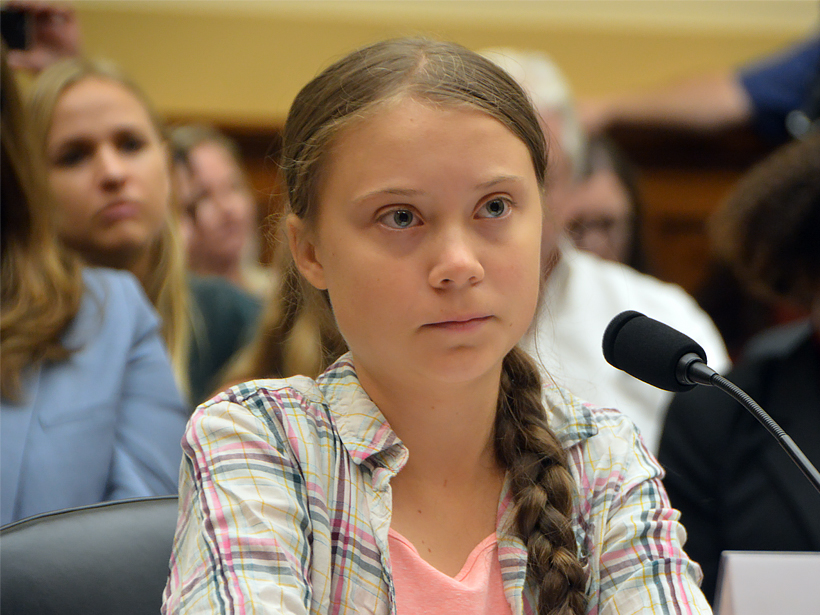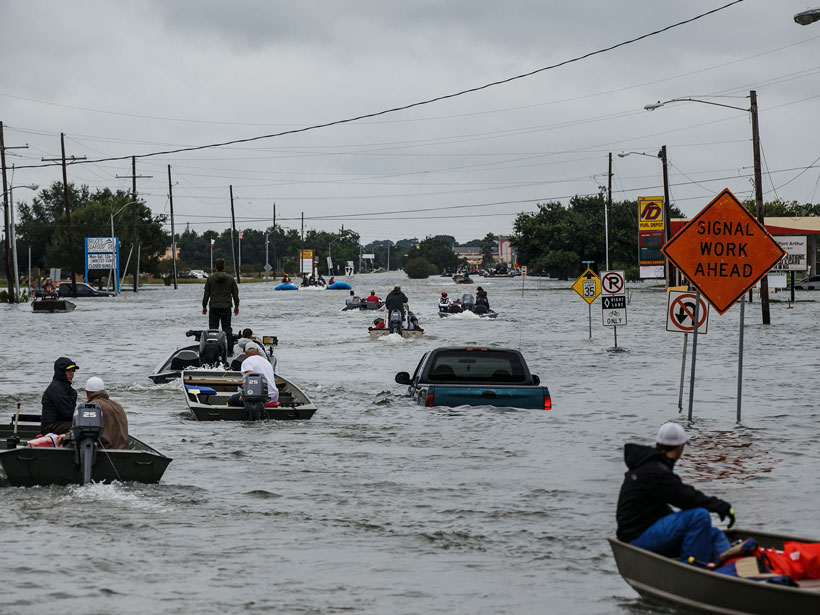Republican Francis Rooney and Democrat Paul Tonko hope that Congress can move forward to address climate change.
Covering Climate Now
Young Voters Express Frustration and Hope at MSNBC’s Climate Forum
The majority of young voters believe humans have caused climate change. Who will win their vote?
What the Arctic Ice Tells Us
With so few long-term climate data sets, the importance of the sea ice record is hard to overstate, and 2019 now ranks among the lowest ice minimums in the 40-year satellite record.
No One-Size-Fits-All Way to Combat Urban Heat Island Effect
Tropical and dry cities respond differently to heat mitigation strategies. This difference should be considered when trying to protect residents from increasingly dangerous summer temperatures.
As Arctic Sea Ice Disappears, What Happens to Ecosystems?
The northern Bering Sea is experiencing record-setting low winter sea ice levels, which are impacting plankton, fish, and other animals in the region.
Dry Rivers Offer a Preview of Climate Change
As the climate warms, many rivers that are currently perennial may become intermittent.
Turning the Arctic Brown
For a generation, the tundra has seen an increasing growth of vegetation, a process known as Arctic greening. A more accurate term might be “Arctic browning.”
Youth Activists Call for Urgent Climate Action
Greta Thunberg and other youth climate activists came to Washington, D.C., days before a major United Nations conference to draw attention to the need for immediate action to address climate change.
How Teachers Can Empower the Climate Generation
Dozens of K–12 educators came to D.C.—and AGU headquarters—this summer to learn practical ways to tackle climate change that they can pass along to their students.
Climate Science Needs Professional Statisticians
Climate science needs its own specialized “climostatisticians” as integral members of multidisciplinary research teams.

